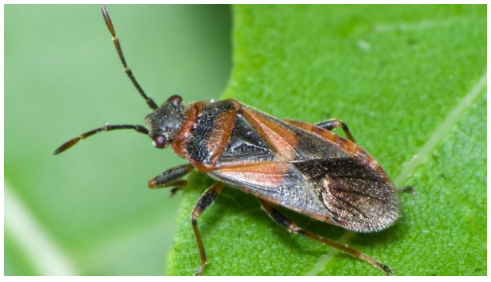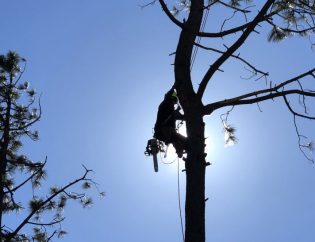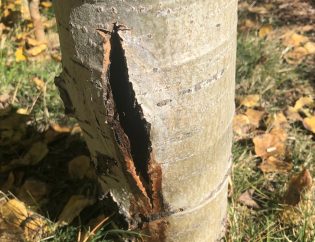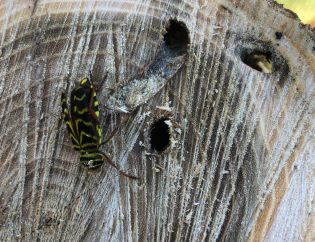
Have you noticed an abundance of small bugs congregating around your Siberian Elm trees? These little creatures, known as elm seed bugs, may seem like a nuisance, especially when they swarm our homes on hot and cold days. However, despite their bothersome behavior, they play a beneficial role in our ecosystem. In fact, these bugs help control the spread of Siberian Elm trees and reduce the number of seeds on the ground. Let’s explore the world of the elm seed bug and shed light on why they are not as problematic as they might appear.
The Siberian Elm (Ulmus pumila) is a deciduous tree native to northern China, Mongolia, and Siberia. However, its presence extends far beyond its original habitat. In the 1940s, the Siberian Elm was introduced to various parts of the world, including New Mexico. The governor of New Mexico at that time, seeking a drought-tolerant, fast-growing tree, promoted the planting of Siberian Elm trees as a solution for arid regions. Unfortunately, this decision led to unintended consequences as the trees proved to be invasive.
Contrary to popular belief, elm seed bugs (Arocatus melanocephalus) are not detrimental to the health of Siberian Elm trees. In fact, they play a crucial role in the natural control of these invasive trees. Elm seed bugs primarily feed on the seeds produced by Siberian Elm trees. The female bugs lay their eggs on the developing seeds, and the larvae feed on the seeds as they grow. This consumption reduces the overall seed production of Siberian Elm trees.
The introduction of Siberian Elm trees had unintended ecological consequences, as they rapidly spread and outcompeted native vegetation. However, the presence of elm seed bugs offers a silver lining. By consuming the seeds of Siberian Elm trees, these bugs indirectly contribute to the control of their spread. The reduction in seed production limits the number of seeds that fall to the ground and potentially germinate, thus curbing the growth and expansion of the invasive trees. In this way, elm seed bugs act as a natural biocontrol agent, helping to restore ecological balance in affected areas.
While the benefits of elm seed bugs are clear, their swarming behavior around homes can be a cause of annoyance for many homeowners. These swarms occur on hot and cold days when the bugs seek shelter and warmth. However, it is important to note that elm seed bugs do not cause any structural damage to buildings or harm to humans. They are simply seeking a protected space to rest, mate, and lay eggs.
If you find the swarms of elm seed bugs bothersome, there are several steps you can take to manage their presence:
1. Sealing entry points: Ensure that all cracks and gaps in windows, doors, and other potential entry points are properly sealed to prevent bugs from entering your home.
2. Physical removal: Use a vacuum cleaner or broom to remove bugs that have already entered your house. Empty the vacuum bag or dispose of the collected bugs away from your home.
3. Natural repellents: Consider using natural repellents, such as citrus-based sprays or essential oils, to deter bugs from gathering around your house.
Although the swarms of elm seed bugs may be an inconvenience during certain times of the year, it’s important to recognize the valuable role they play in controlling the spread of Siberian Elm trees. Originally introduced for their drought tolerance and fast growth, the Siberian Elm became an invasive species with significant ecological impact. However, the presence of elm seed bugs provides a natural mechanism for reducing seed production and limiting the growth of these invasive trees. So, the next time you encounter these little insects, remember that they are not your enemy but rather an unsung hero in our environment’s battle against invasive species.


